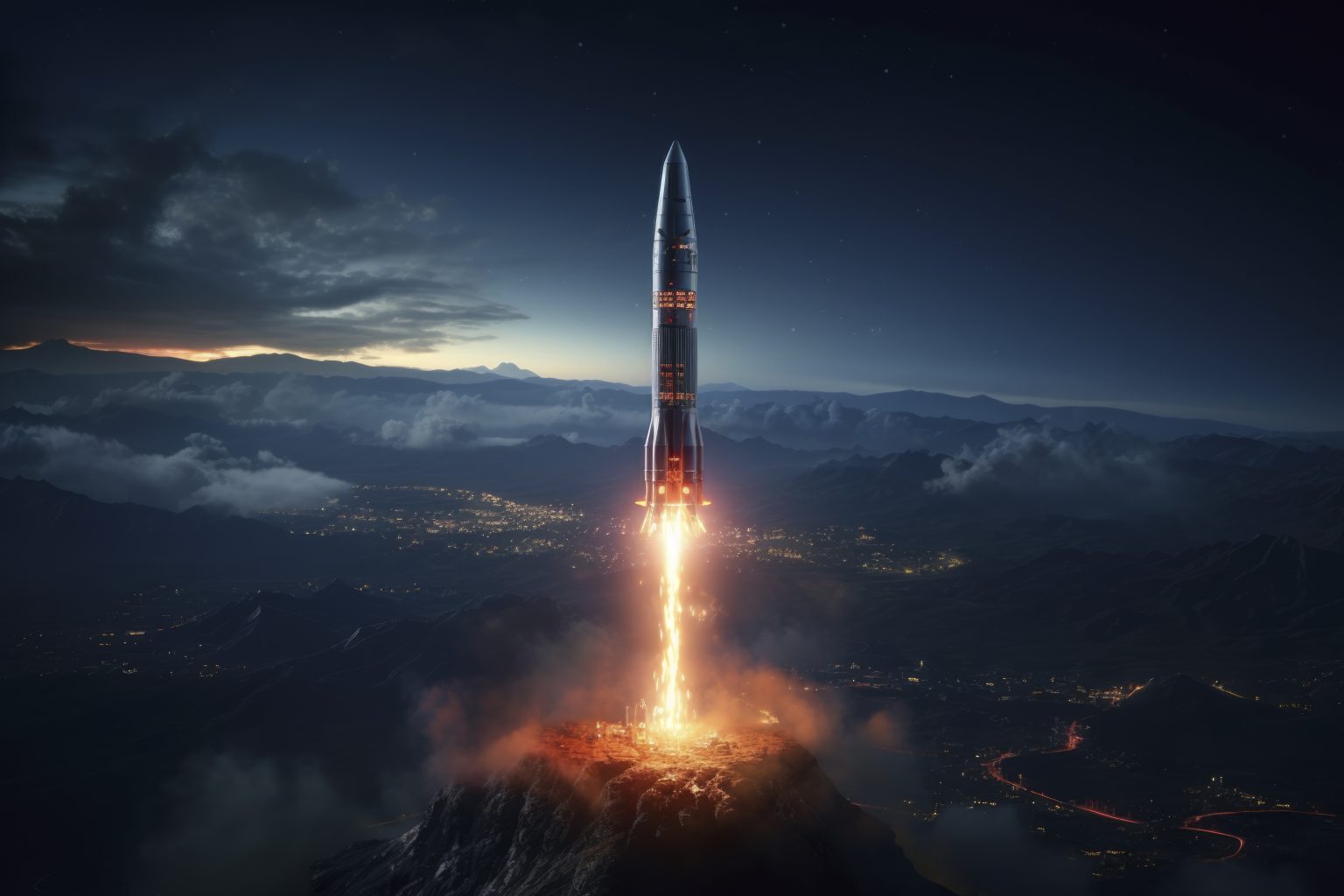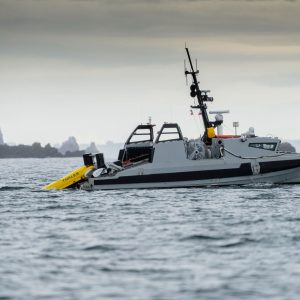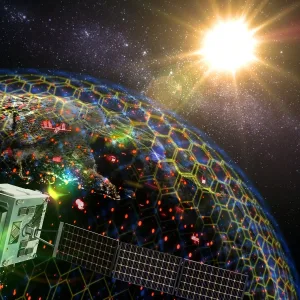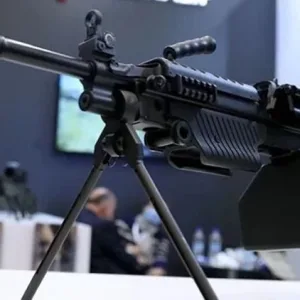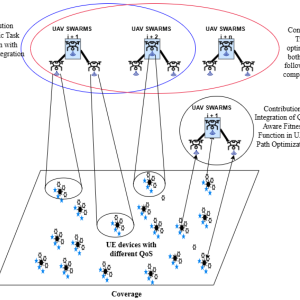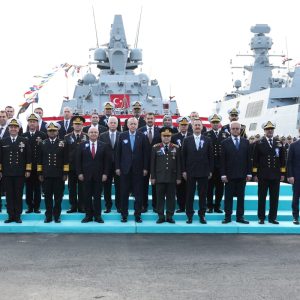In the debate over hypersonic missiles vs layered defence, two developments changed the tone this year: credible Navy–MDA testing of terminal defence upgrades and a renewed push to fund the glide-phase kill chain in space and at sea. The question is no longer whether a defender can touch a hypersonic threat at all; it is whether sensors, command-and-control, and interceptors can deliver repeatable effects at a sustainable cost. Recent events—from “Stellar Banshee” testing to U.S.–Japan Glide Phase Interceptor (GPI) cooperation—show a layered route forward, but also expose a harsh cost curve that favours the attacker [1][2][3][4].
Key Facts
• March 24–25, 2025: “Stellar Banshee/FTX-40” validated Aegis + SM-6 Sea-Based Terminal (SBT) Increment 3 in a simulated engagement against a manoeuvring hypersonic target off Hawaii—an important step, not a shoot-down [1].
• May 15, 2024: U.S. and Japan signed a GPI co-development agreement aimed at defeating hypersonic glide vehicles in the glide phase; deployment mid-2030s [2][5].
• Europe advanced HYDEF/HYDIS² concept studies for a sovereign counter-hypersonic interceptor, targeting 2030s fielding [6][7][8].
• Space sensors (HBTSS/SDA Tracking Layer) are moving toward higher-rate production to maintain custody of dim, fast, manoeuvring threats [3][9].
• The cost-exchange debate persists: modern interceptors are often more expensive than the missiles they defeat, pushing mixed-layer solutions and production scaling [4][10].
Why now: tests, satellites and the cost curve
Defenders made tangible progress in 2025. In Stellar Banshee (FTX-40), USS Pinckney used the Aegis combat system with SBT Increment 3 to detect, track and simulate an SM-6 Block IAU engagement against an air-launched MRBM target with a hypersonic front end. No kinetic intercept occurred, but the system-of-systems task—track quality, discrimination and fire control for a manoeuvring target—was demonstrated end-to-end [1]. Shortly after, MDA certified the latest SBT upgrade for hypersonic terminal defence, reflecting accumulated test data and software maturity [10].
Space is the other half of the story. The Pentagon’s Hypersonic and Ballistic Tracking Space Sensor (HBTSS) and the Space Development Agency’s Tracking Layer aim to provide global custody and hand-off to shooters. L3Harris and others are signaling readiness for larger production runs, a prerequisite to support glide-phase timelines and enable cueing across fleets and regions [3][9]. Without persistent track, hypersonic missiles vs layered defence is an unwinnable equation.
Lessons from combat: what Patriots vs Kinzhals actually tell us
Ukraine’s 2023 downings of Russia’s Kh-47M2 Kinzhal with Patriot show that modern IADS can defeat some hypersonic-speed threats under the right conditions [11][12]. But context matters: Kinzhal is an air-launched ballistic missile, not a hypersonic glide vehicle (HGV). Its defeat does not mean HGVs are solved; it does show that high-end terminal sensors, fast C2 loops and hit-to-kill interceptors can generate windows of success in cluttered environments [13]. The data also underline a logistics reality: sustained defence consumes interceptors quickly, stressing inventories and budgets.
Layered defence architecture: a working model for the 2030s
Glide phase. The GPI path—co-developed by the U.S. and Japan—seeks to kill HGVs before they dive into thicker atmosphere and tighter timelines. Requirements are unforgiving: high-energy propulsion, divert control at hypersonic dynamic pressures, and exquisite hand-off from space sensors to sea-/land-based shooters [2][5].
Terminal phase at sea. The U.S. Navy’s SM-6 SBT Increment 3 offers a “last-look” option against manoeuvring end-game threats. Testing has moved from software-in-the-loop to at-sea simulated shots, with live shots expected as targets and safety envelopes mature [1][10].
European track. Europe is converging on two complementary tracks: HYDEF under OCCAR leadership to define a sovereign interceptor family, and MBDA’s HYDIS²/Aquila work to down-select feasible architectures by mid-decade, with industry pairings (e.g., Diehl–Sener) building propulsion and endgame options [6][7][8].
Sensing and C2. Layered defence lives or dies on cross-domain custody. HBTSS and SDA Tracking Layer satellites pull long-range IR tracks; Aegis/land radars refine. A modern Battle Management C2 must broker hand-offs in seconds across naval, air and ground nodes—something exercises like FTX-40 increasingly stress under operationally realistic loads [1][3][9].
The cost-exchange problem—and how to bend it
The cost-exchange ratio still favours the attacker. CSIS analysis shows U.S. interceptors are, on average, roughly twice as expensive as the offensive missiles they defeat, and some advanced rounds are far higher [4]. Three levers can help:
- Scale and modularity. Driving up production of common components (seekers, DACS, boosters) across interceptors—SM-6, PAC-3, future GPI—can lower unit costs. The Navy’s experience with SM-6 multi-mission use is a model; more missions per round improve value.
- Sensing at scale. More satellites mean better custody and fewer expended interceptors chasing decoys or poor tracks. Industrial claims of full-rate sensor production need to be tested against actual on-orbit performance and integration readiness [3][9].
- Layered effects. Kinetic intercept remains the gold standard for protecting cities and bases. But a serious layered design blends left-of-launch ISR, electronic attack, decoys and deception, point-defence guns/lasers for debris or leakers, and rapid re-arm logistics. The goal: reserve expensive rounds for the highest-value shots.
Deep Dive Updates — August 2025
- Glide Phase Interceptor (GPI) moves from paperwork to hardware. Following the May 15, 2024 U.S.–Japan agreement, Northrop Grumman received a ~$541M development award in November 2024 with work through 2029, and Tokyo targeted its domestic award by March 2025. These steps keep the mid-2030s deployment window plausible, contingent on early motor/DACS tests and seeker maturation. [14][15][16]
- Space custody enters production cadence. L3Harris reports Tranche-2 Tracking Layer satellites have cleared CDR/PRR and are moving toward production, with 18 space vehicles planned. This scale is critical to reduce false cues and enable glide-phase engagements. [17][18]
- Europe hedges with twin tracks. OCCAR’s HYDEF and the MBDA-led HYDIS² concept work progressed through 2025, assembling propulsion/end-game options and aligning national industrial roles for a 2030s interceptor. [6][8][13]
- Budget reality check. CRS notes fluctuating hypersonic and counter-hypersonic toplines, while CSIS reiterates that interceptors remain costlier than many offensive missiles—reinforcing the need for layered effects and mass production. [4][19][9]
- Fleet integration debates. Reporting since late 2024 indicates the U.S. Navy explored adding PAC-3 MSE to certain Aegis ships as a terminal-layer supplement against manoeuvring threats; integration and testing remain the gating factors. [20]
References
- MDA & U.S. Navy – FTX-40/Stellar Banshee (official release & video): DVIDS news • DVIDS video • Coverage: Naval News ; The War Zone ; Naval Technology.
- U.S.–Japan Glide Phase Interceptor (GPI): U.S. DoD release; Defense News; AP.
- Space tracking (HBTSS / SDA Tracking Layer): U.S. DoD – HBTSS launch background; Defense News – L3Harris sensor production; L3Harris update.
- Cost-exchange & value: CSIS – Cost and Value in Air and Missile Defense Intercepts; CSIS – MDA & FY25 Budget (discussion).
- GPI industry context: Northrop Grumman – GPI overview.
- Europe’s HYDEF: OCCAR – HYDEF programme; HYDEF project update; Airforce-Technology – MDR achieved.
- Europe’s HYDIS²/Aquila: European Commission – HYDIS²; MBDA – HYDIS² concept progress.
- Industrial teaming news: Dawn Aerospace joins HYDEF; The Defense Post – Diehl & Sener MoU.
- China DF-17 background: CSIS Missile Threat – DF-17.
- SM-6 SBT Increment 3 certification coverage: Aviation Week; Defence-Industry.eu.
- Kinzhal intercept (initial): Reuters – May 6, 2023.
- Kinzhal volley claims & context: Reuters – May 16, 2023 follow-ups; Reuters Q&A.
- Kinzhal ≠ HGV nuance: CEPA analysis.
- Northrop GPI development funding (DoD/GovConWire): link
- Breaking Defense – Japan to award GPI contracts by Mar 2025: link
- DoD Statement – U.S.–Japan GPI Project Arrangement: link
- L3Harris – T2 Tracking Layer production stage: link
- European Security & Defence – L3Harris/SDA CDR & PRR: link
- CRS – Hypersonic Weapons: Background and Issues (2025): link
- Reuters – U.S. Navy explores PAC-3 MSE at sea (context): link
Enter your Email to read the full report
Internal context
For readers tracking industrial and programme risk, see Defence Agenda’s coverage of networked missile-defence arrays and kill-chain integration, including phased-array innovations for cueing and track fusion [Internal Link → Caplink Array Boosts Missile Defence].
Further Reading
- Internal: Caplink Array Boosts Missile Defence
- External: NATO Washington Summit Declaration (2024) – deterrence & defence posture updates link; CRS Navy Aegis BMD report (Mar 2025) link.

